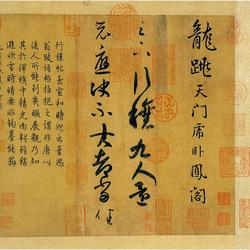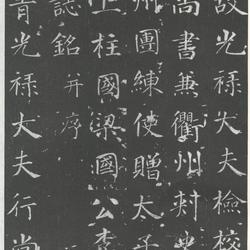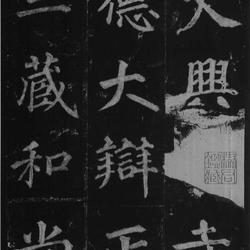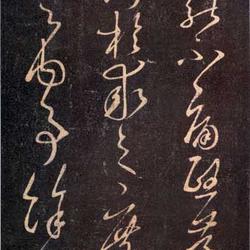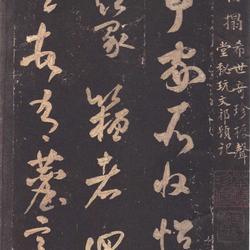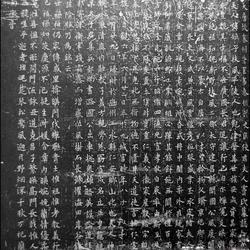The full name of "Dongfang Shuo's Painting Praise Stele" is "Han Taizhong Doctor Dongfang's Painting Praise Stele", commonly known as the Yanzi Stele. It was established in December of the 13th year of Tianbao (754 years). Jin Xia Hou Zhanwen, Yan Zhenqing's regular script, the yang forehead of the stele is his seal script. The inscription on the stele is written by Yan Zhenqing in regular script, and the forehead is written in official script. 340×151.6 cm. Engraved on all sides. There are 15 lines each on the yang and yin side of the stele, and 3 lines on each side of the stele, with 30 characters on each line. The monument is in Ling County, Shandong Province, and the rubbings are in the Palace Museum, Beijing.
In the eighth year of Kaiyuan of the Tang Dynasty (720), Han Sifu, the governor of Dezhou, once erected an inscription stone in front of the Dongfang Shuo Temple. In the thirteenth year of Tianbao (754 years), Yan Zhenqing went out to guard the plains. In the winter, Hebei's envoy to Dongping, An Lushan, ordered the imperial censor Shi Pinglie, supervisory censor Yan Kuan, Li Shiyu, Youjin Wuzhou, Cao Songjian and others to patrol the county in order to explore the real situation of the Yan family. Yan Zhenqing went on a tour with them. This temple. Seeing that the inscription on the stele was worn out, I sighed with emotion, but still wrote it carefully, published it in stone, and wrote a note on the stele to express my admiration for Mr. Dongfang. When the carving was completed, it coincided with the Anlu Mountain rebellion, and the stone carvings were hidden in the soil. More than ten years later, Wu Zichao, the farewell driver, stood up in front of the temple.
Exquisite rubbings of this stele are rarely seen. The rubbings from the Song Dynasty have very few gouges, and the damaged characters can be discerned. The characters "颉" on the top left of the "颉〓" on the stele and the characters "颃" are not damaged. The character " " in "Taeksi borrows power" has not been cut out into "gui". The word "Kyoto" is not very damaged. The word "turbid" in "it is both turbid and can be made clear" is not damaged. The two characters "Langxie" on the back of the stele are not damaged. In the late Ming Dynasty, the character " " was cut out into "gui". Due to the poor quality of the stele, the stone peeled off more and more over time, especially in the lower part of the stele, and many characters were almost unreadable. There are reprints, some of which are excellent.
The inscription on the inscription "Ode to Oriental Painting" is flat and steep, deep, powerful, and majestic. It was written when Yan was in his forty-fifth year. It is the best model for practicing facial expressions and large calligraphy.
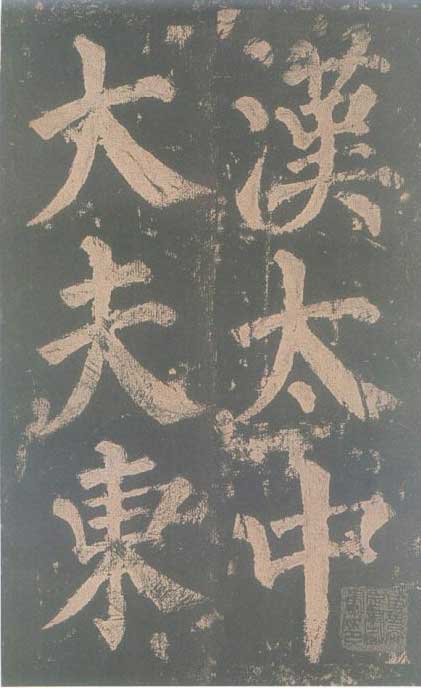
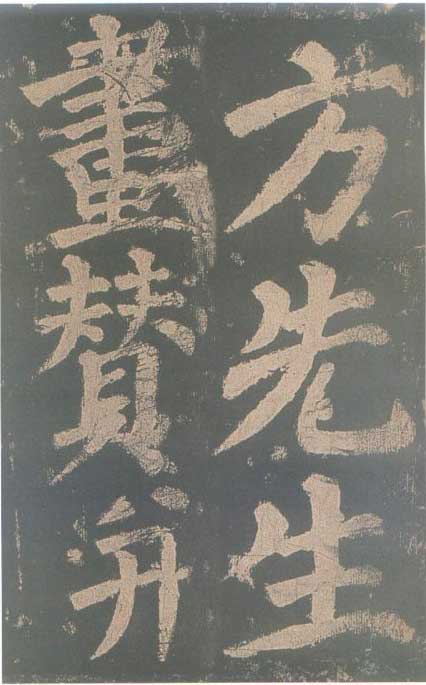
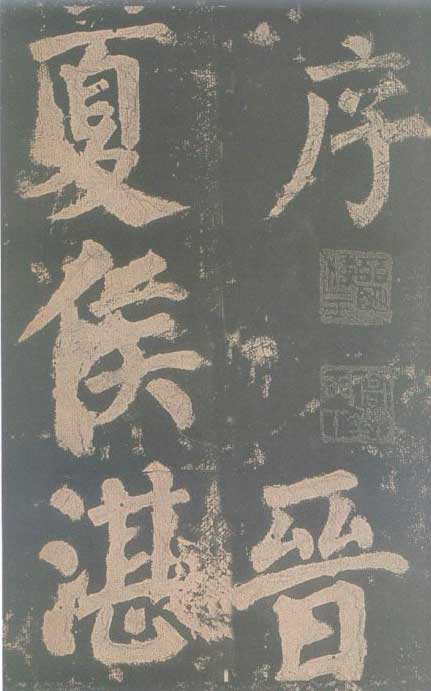
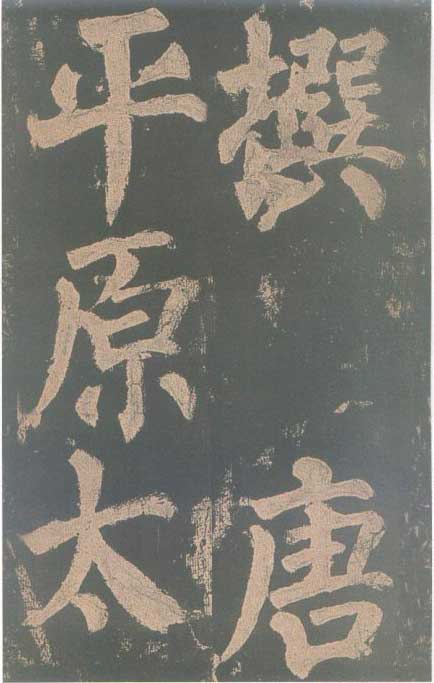
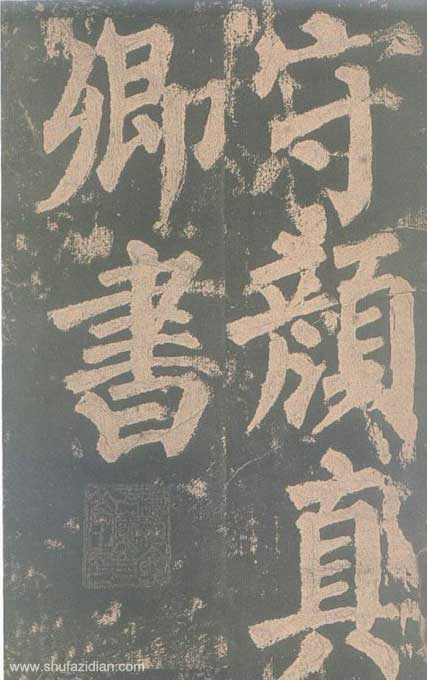
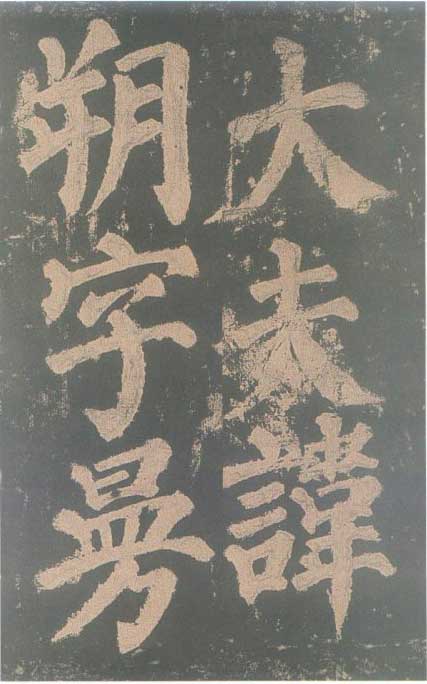
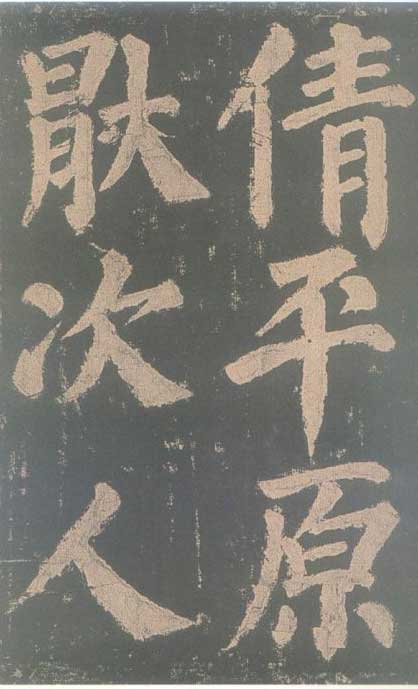
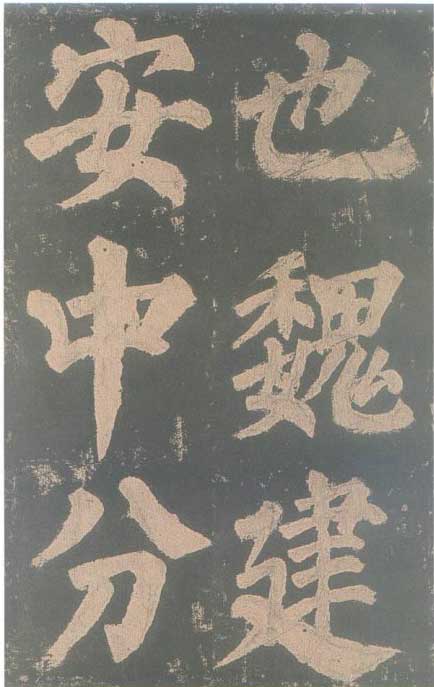
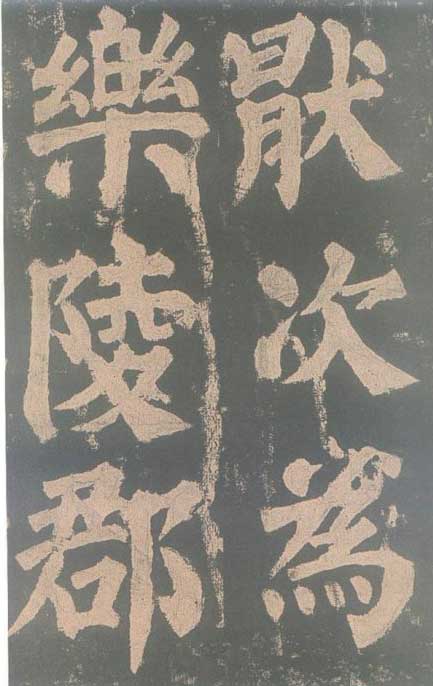
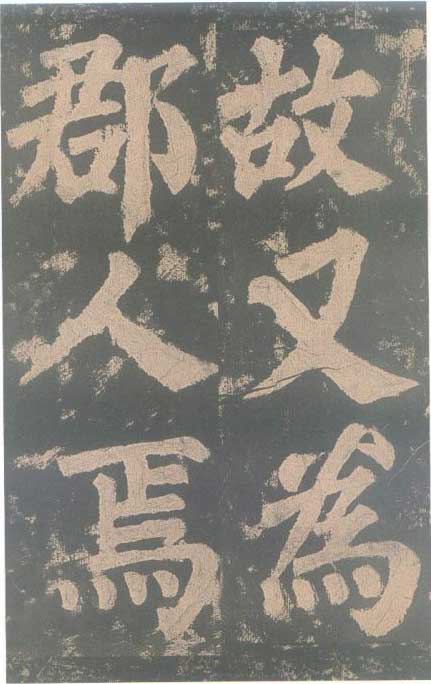
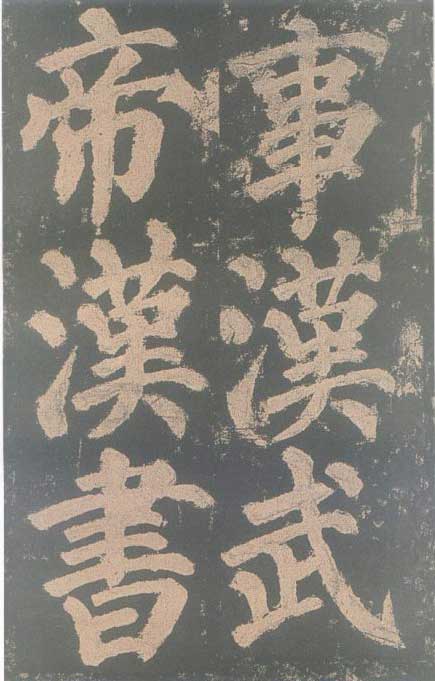
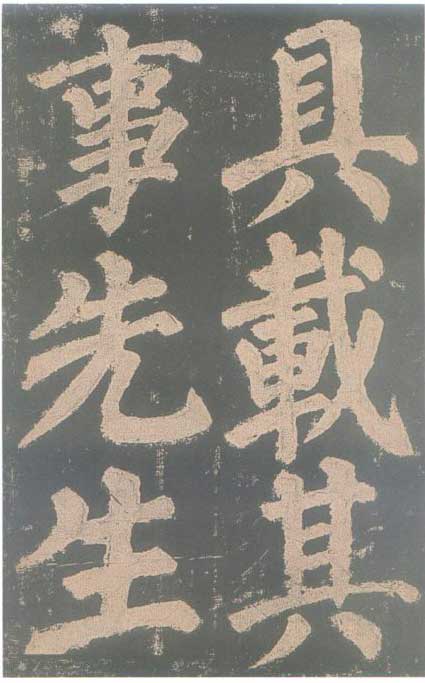
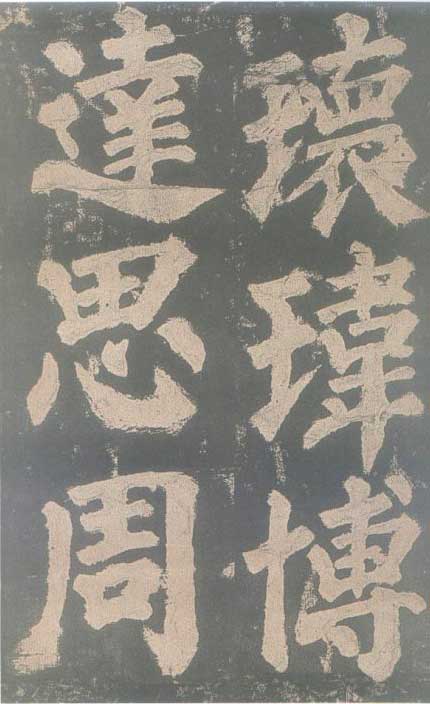
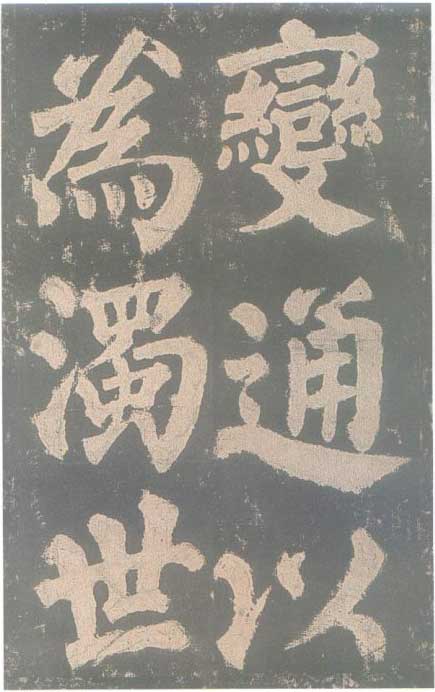
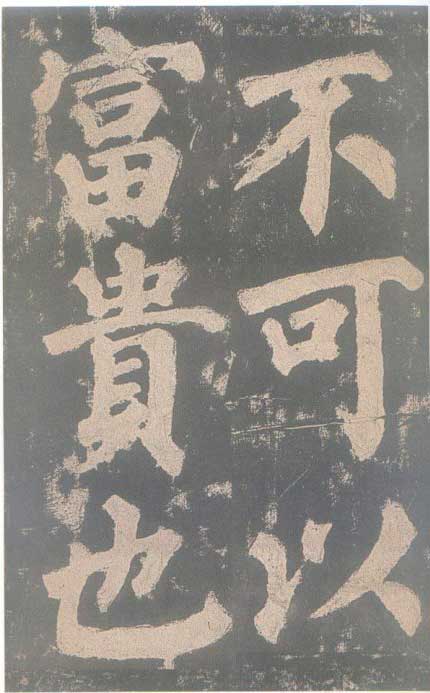
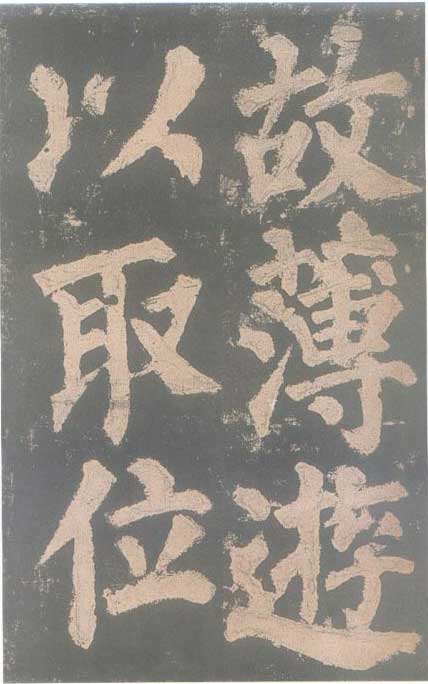
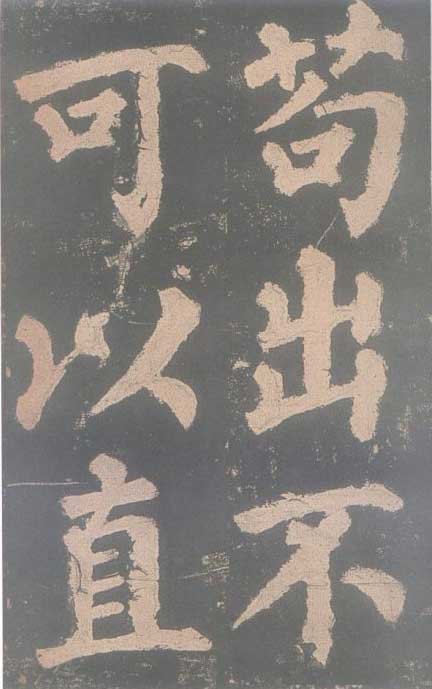
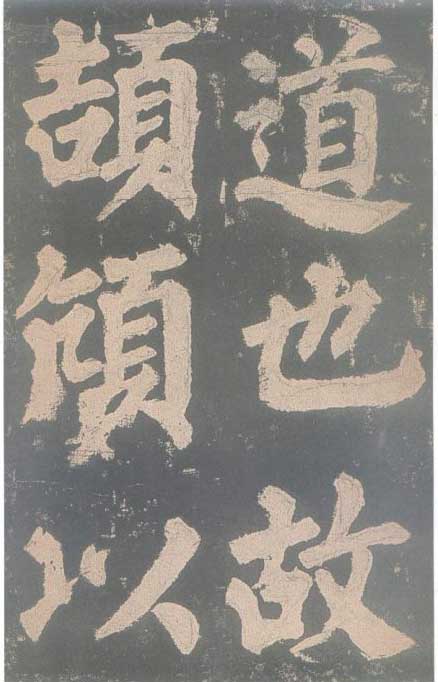
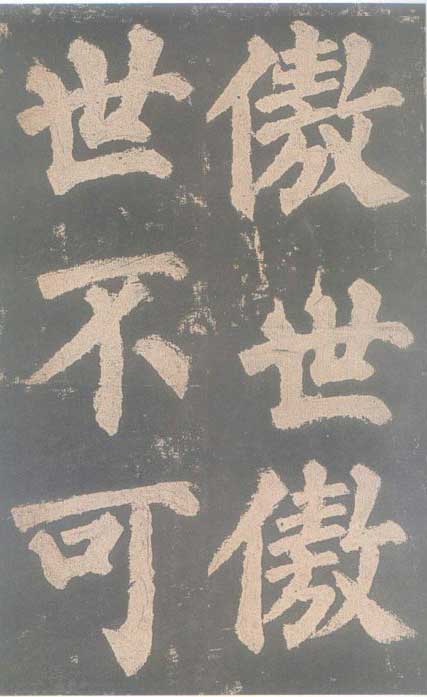
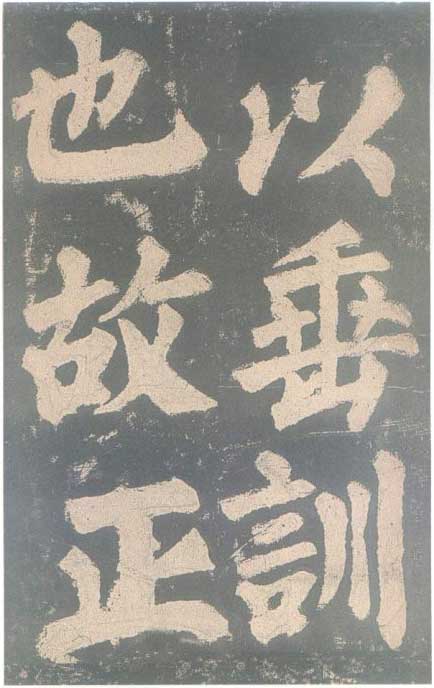
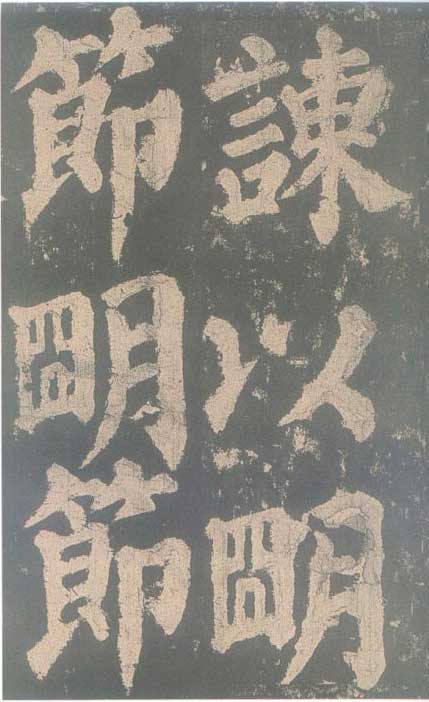
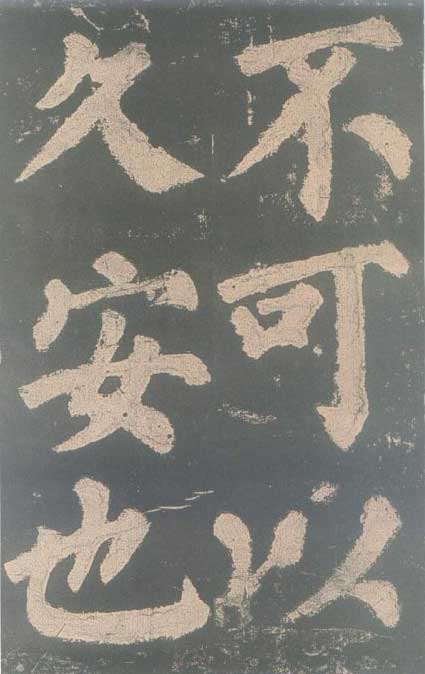
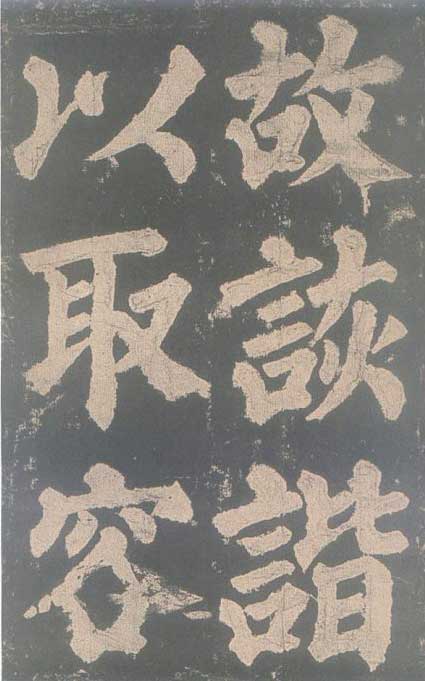
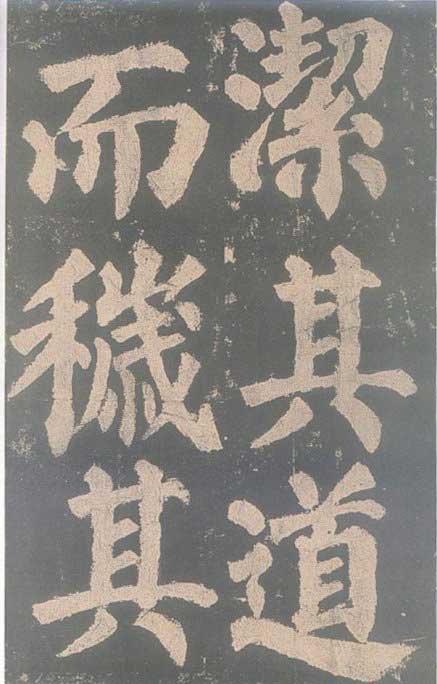
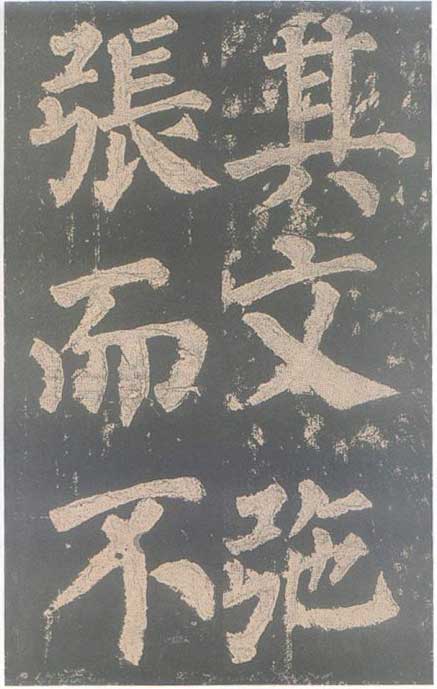

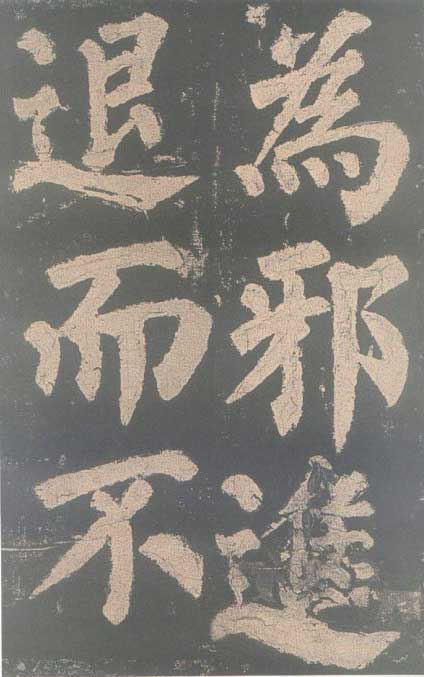
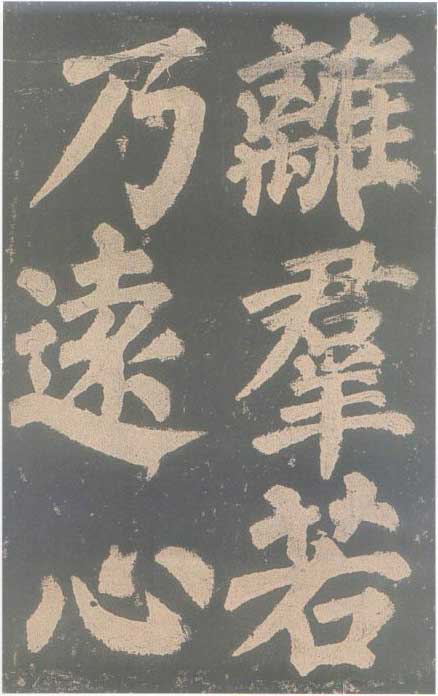
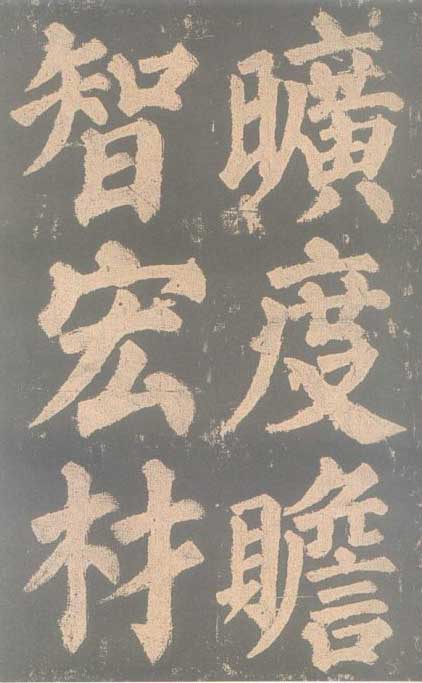
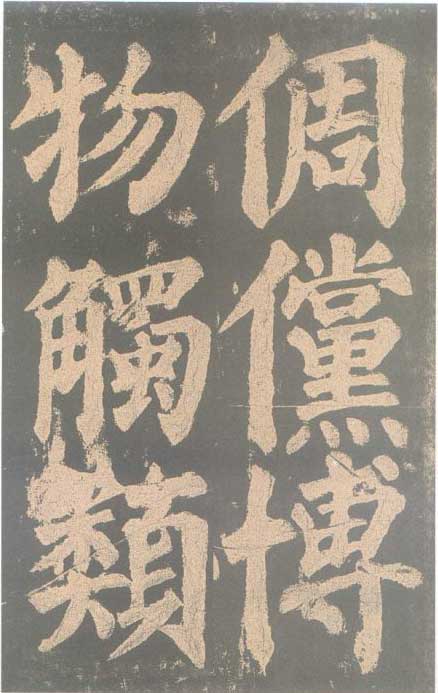
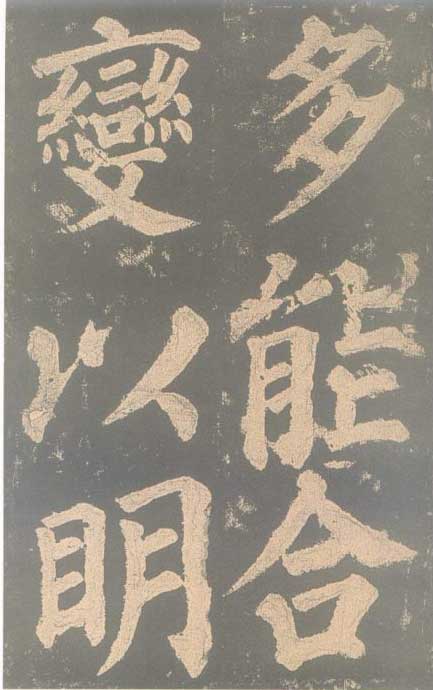
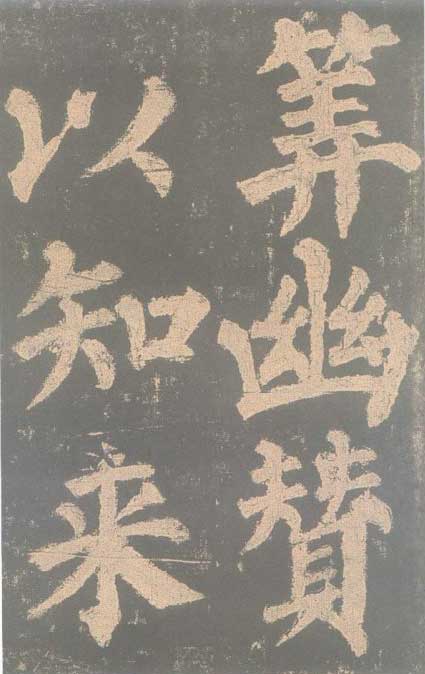
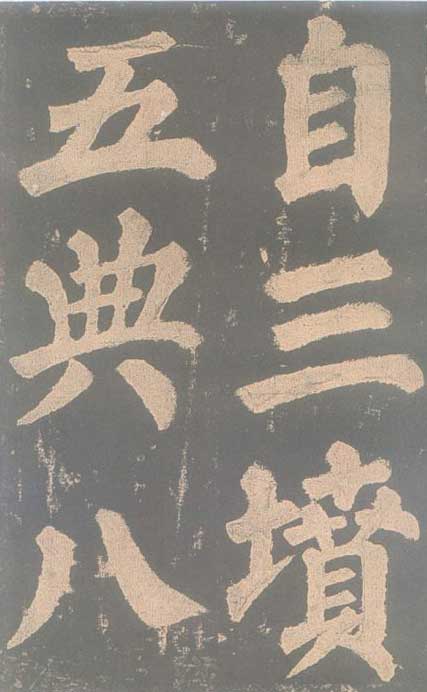
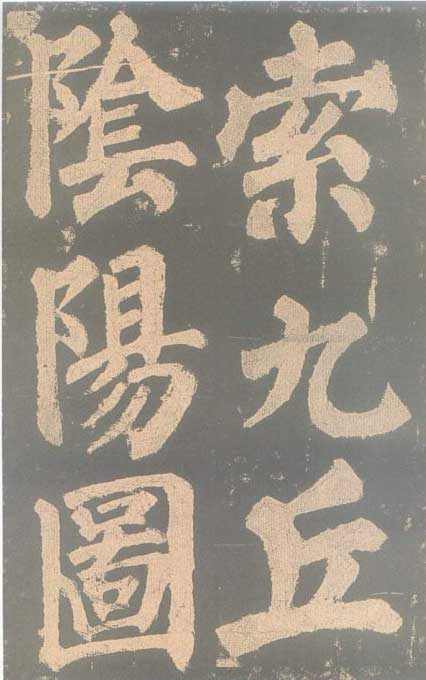
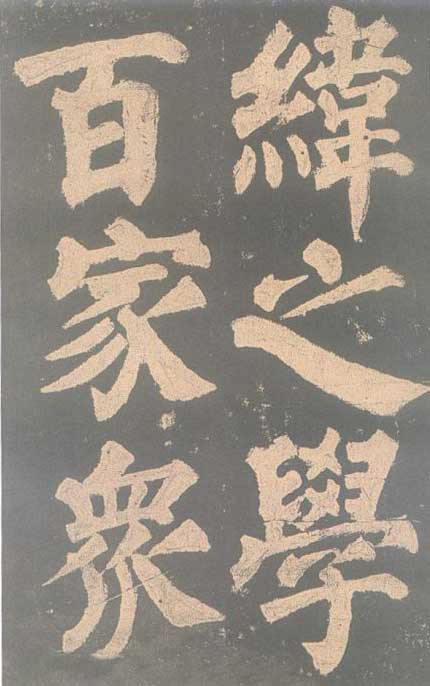
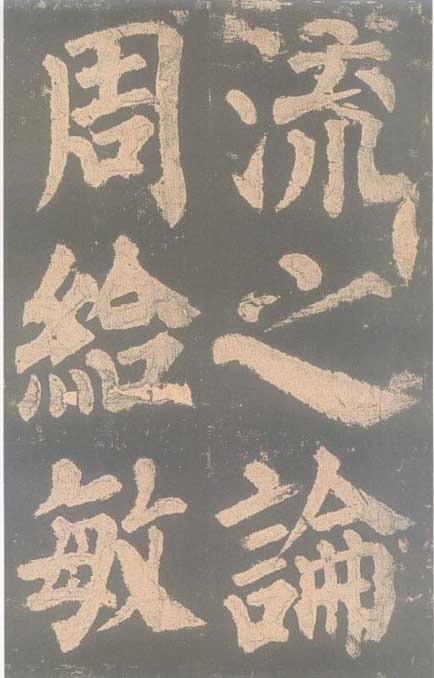
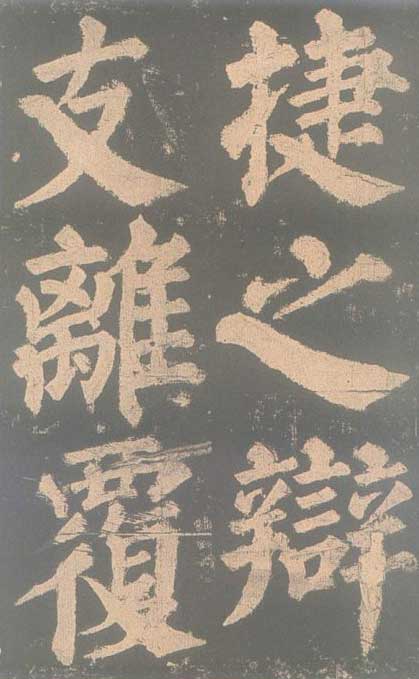
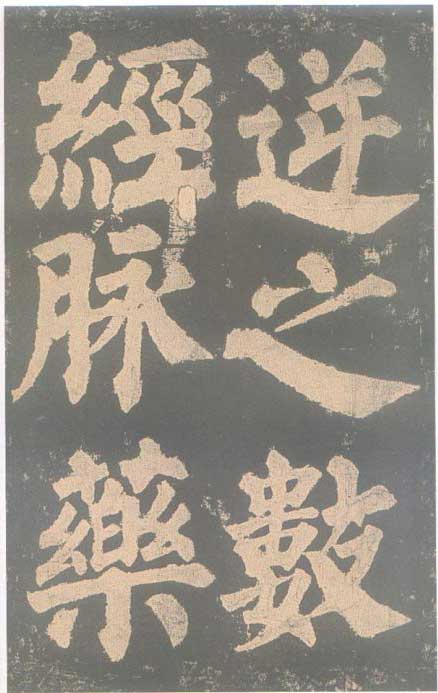
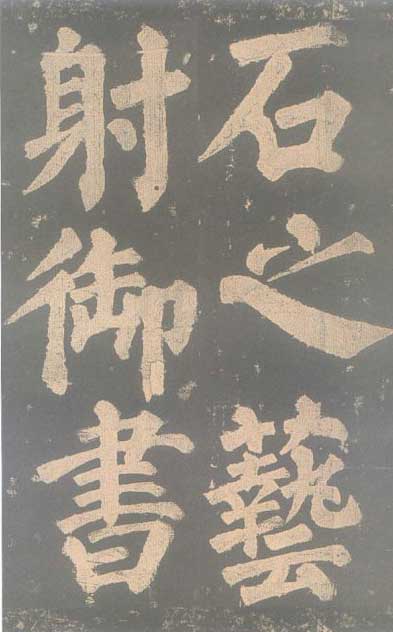
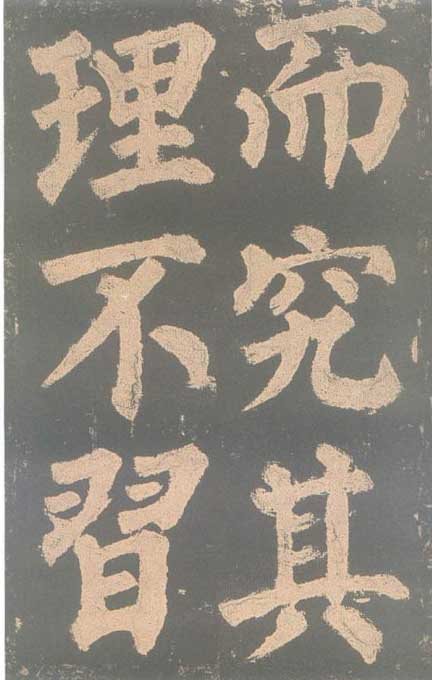
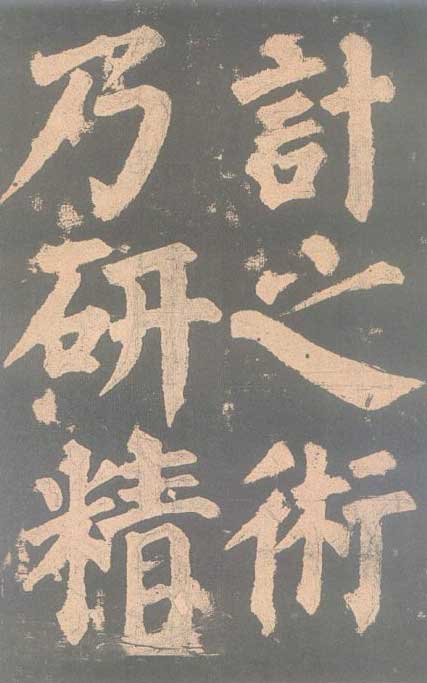
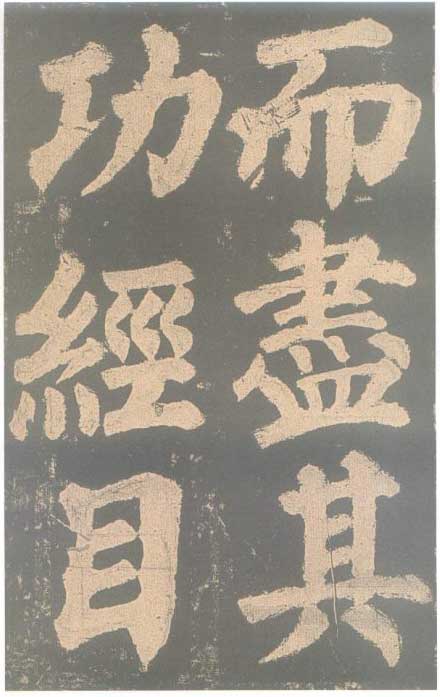
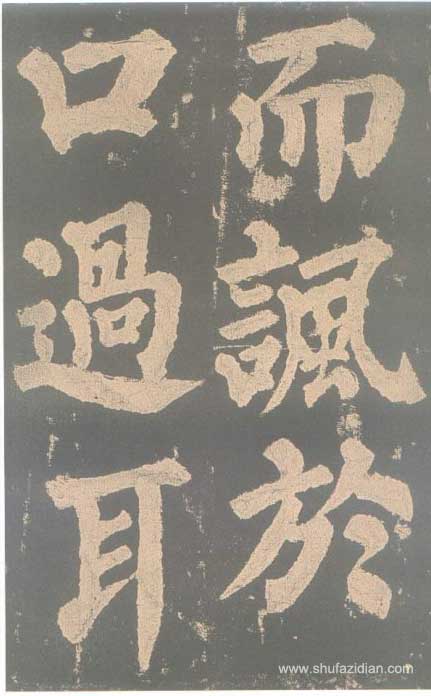
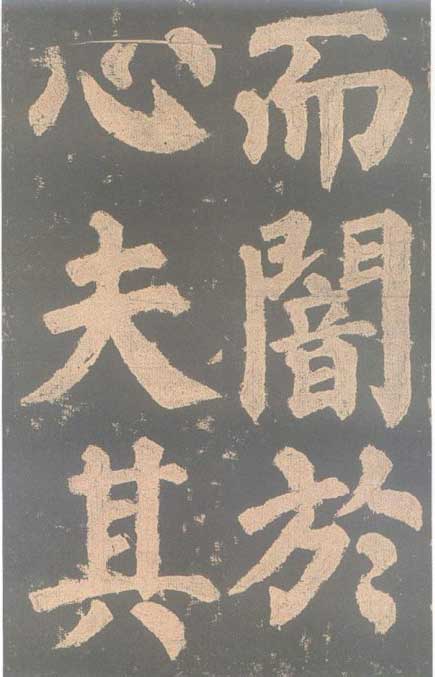
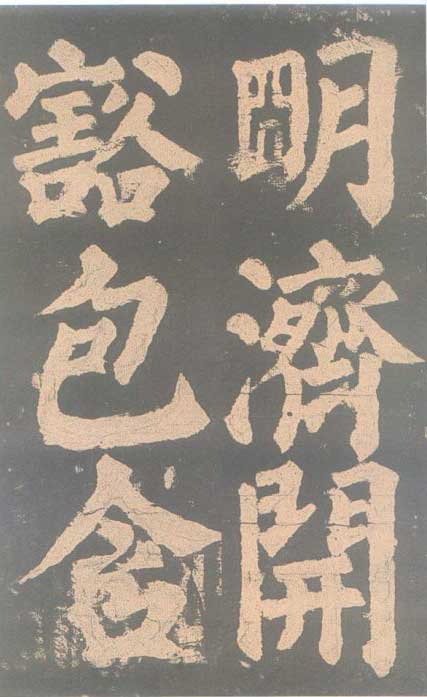
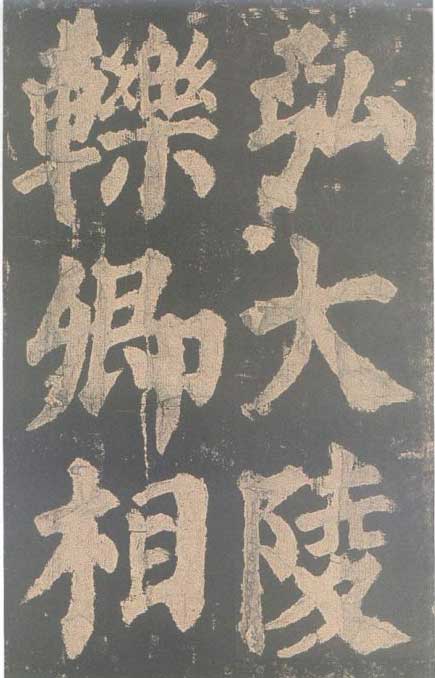
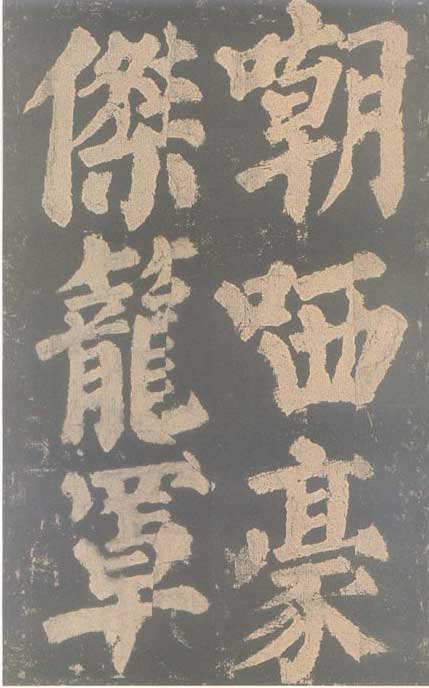
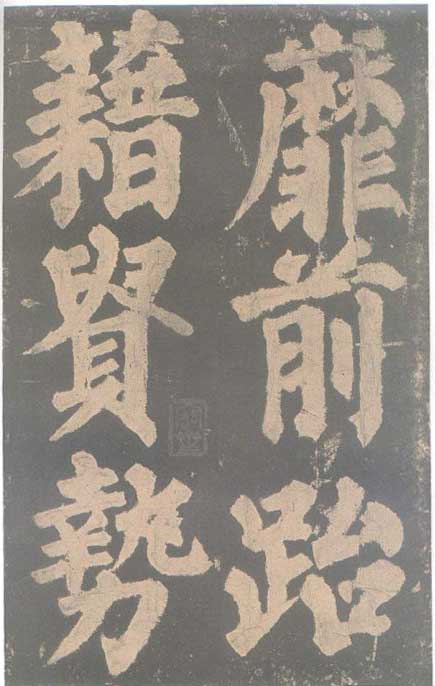
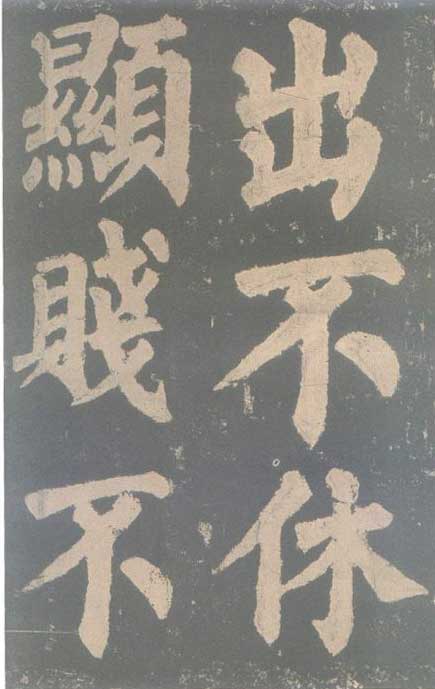
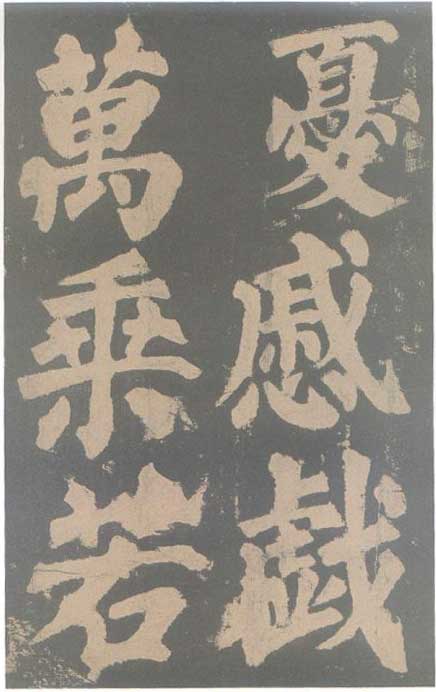
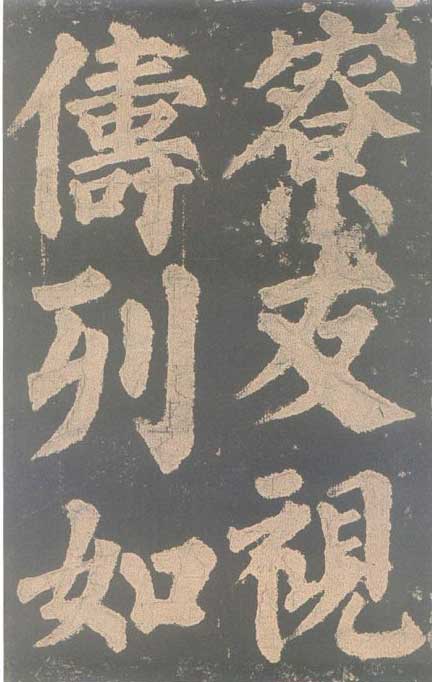
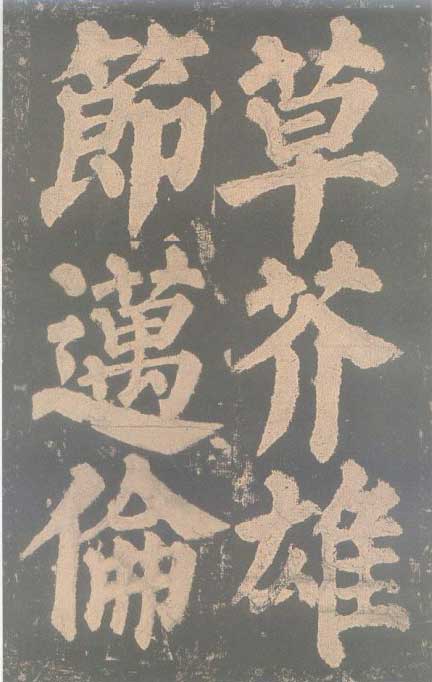
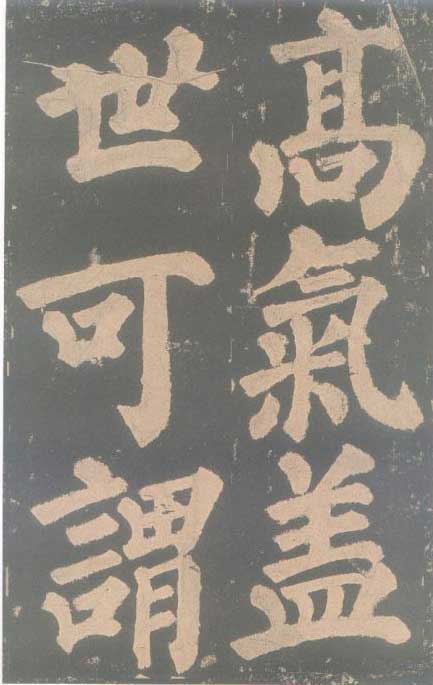
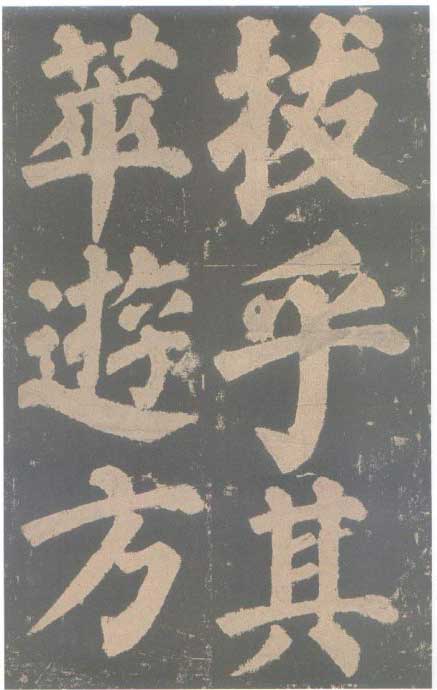
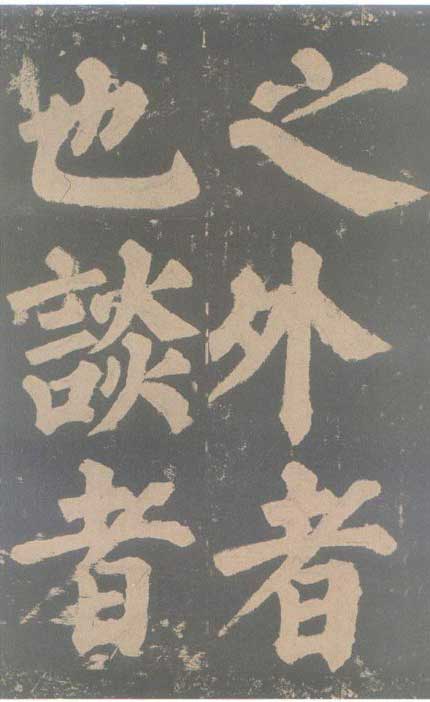
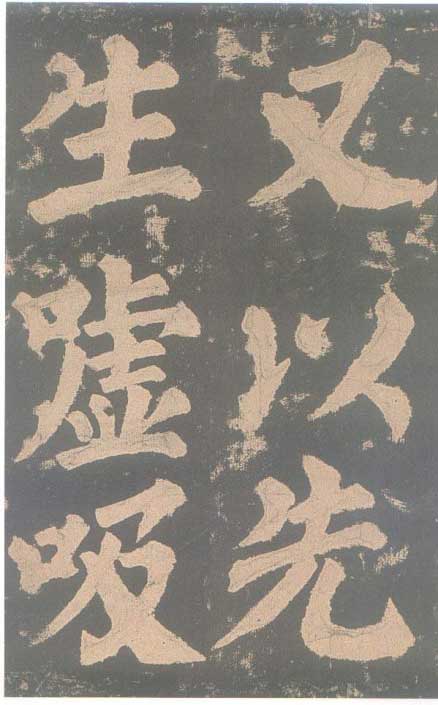
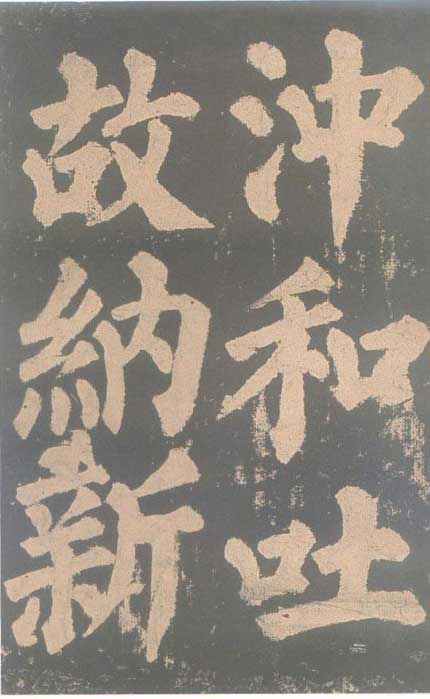
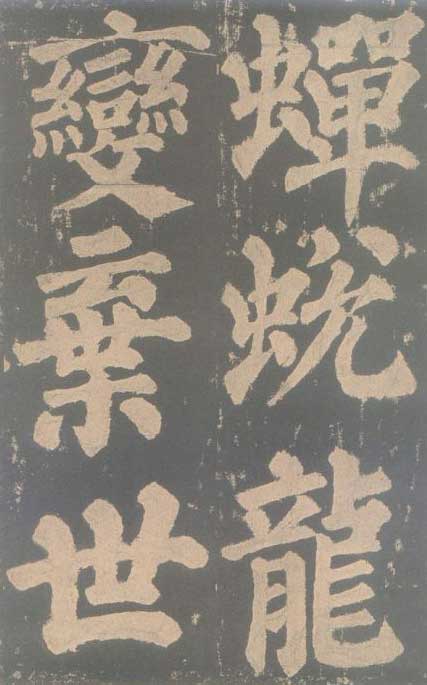
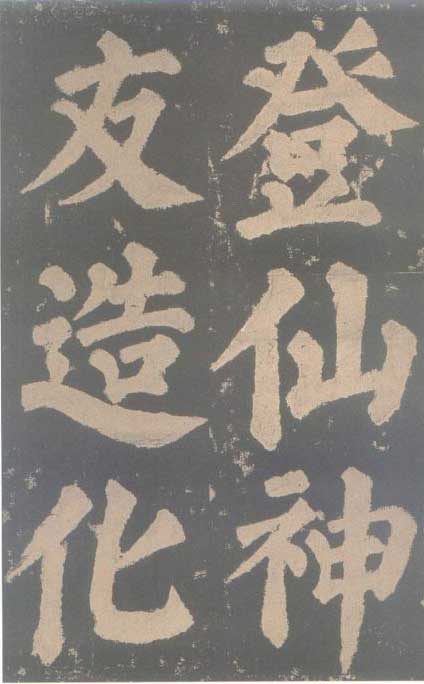
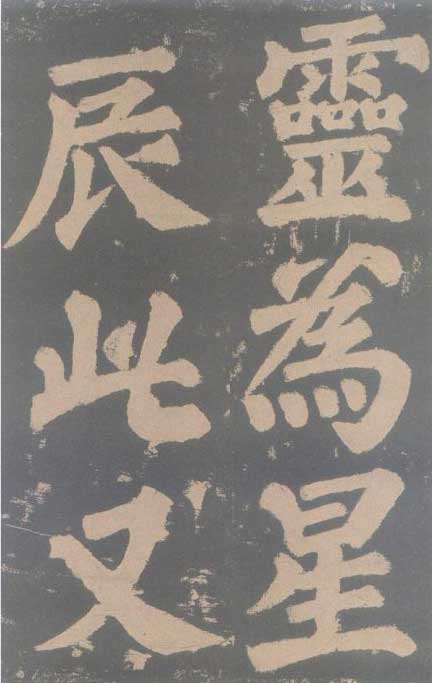
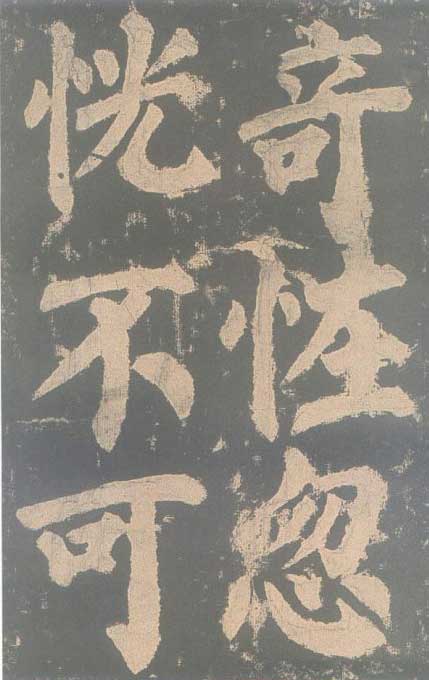
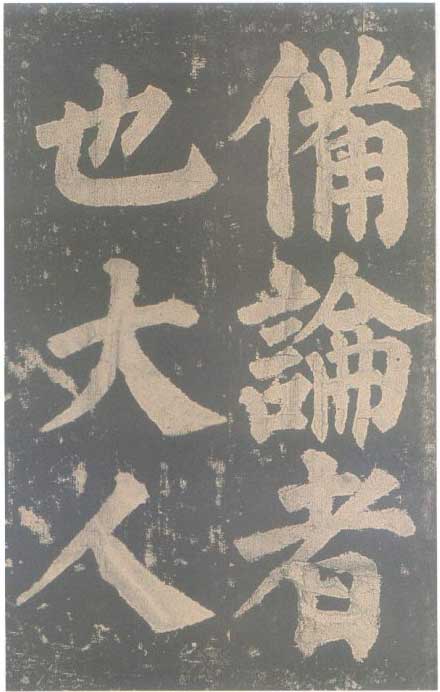
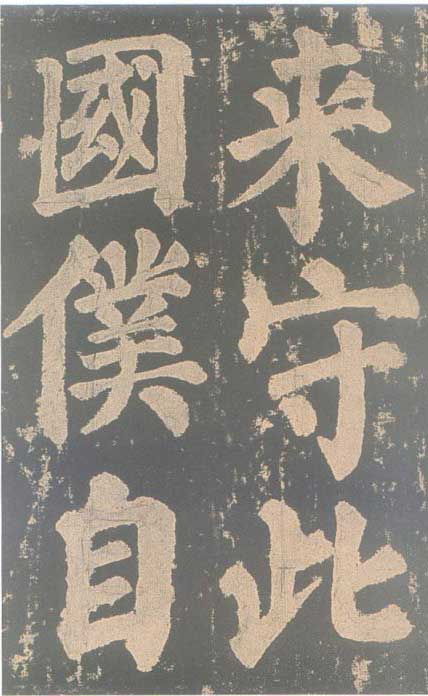
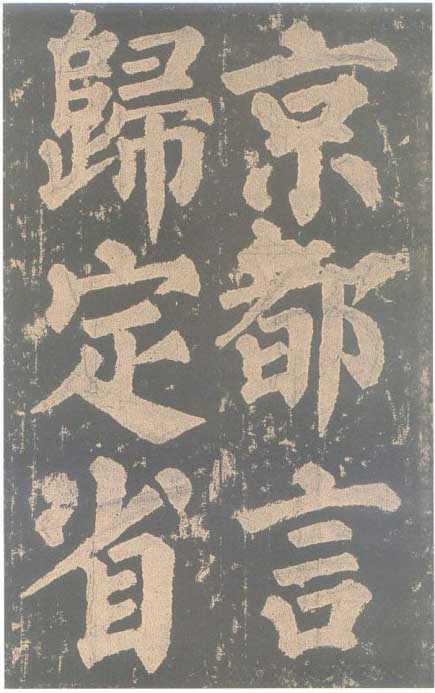
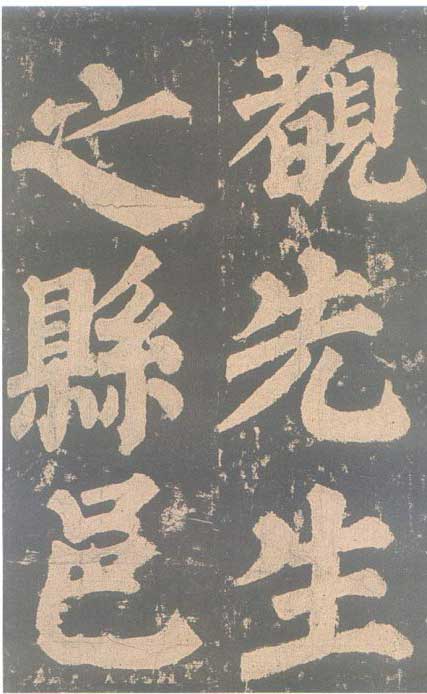
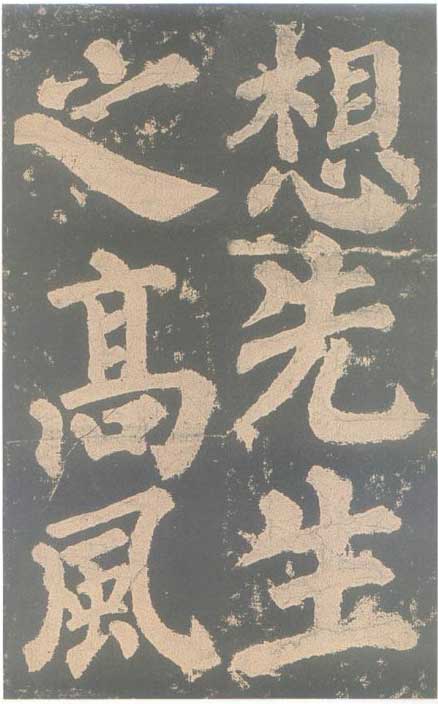
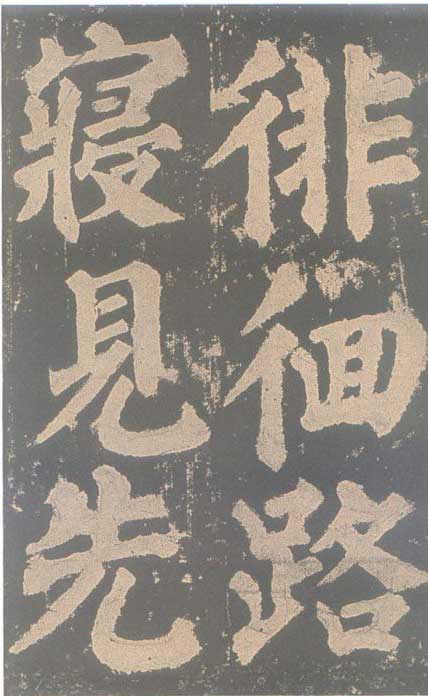
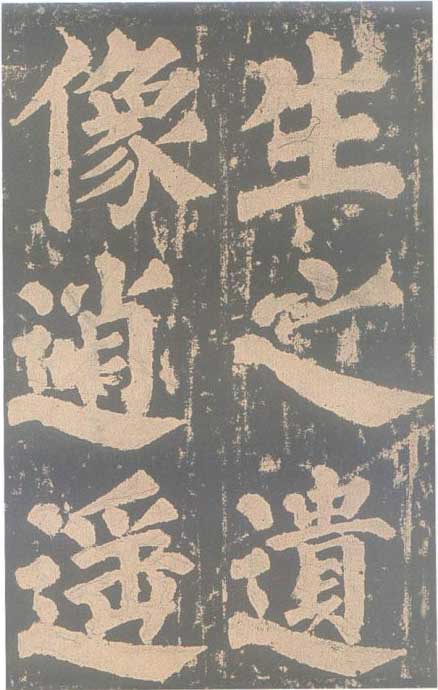
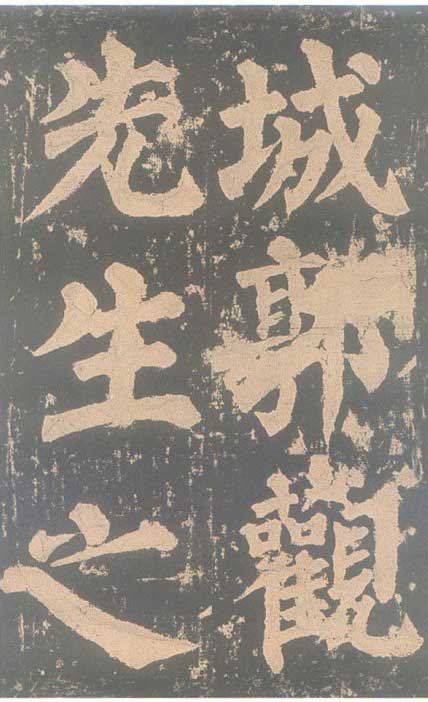
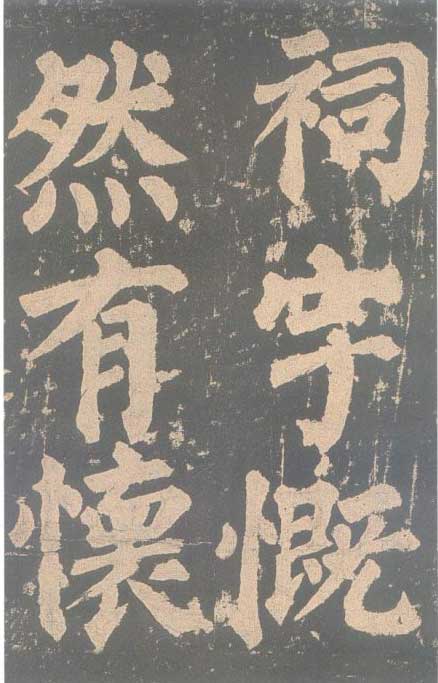
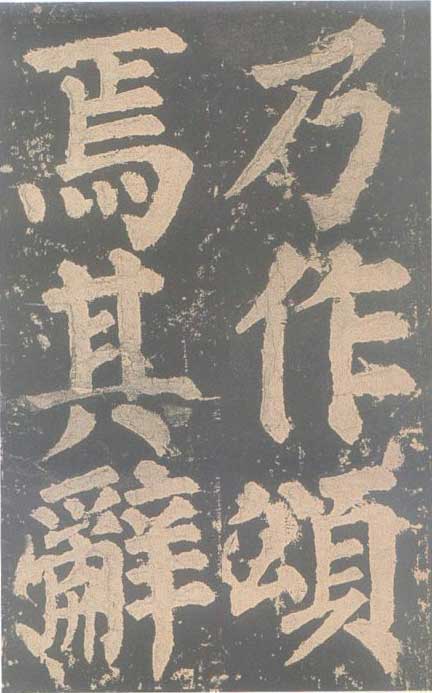
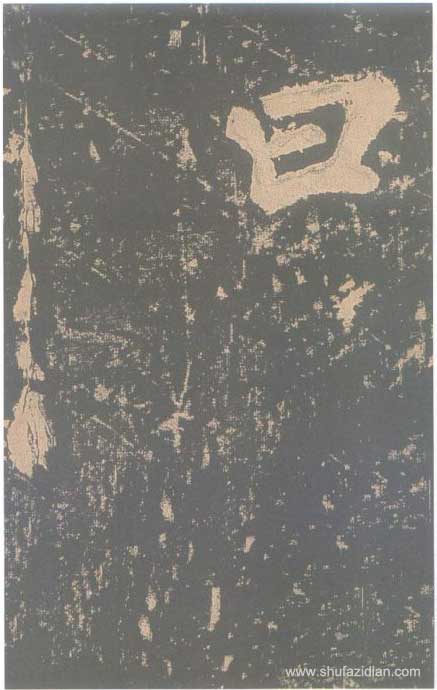
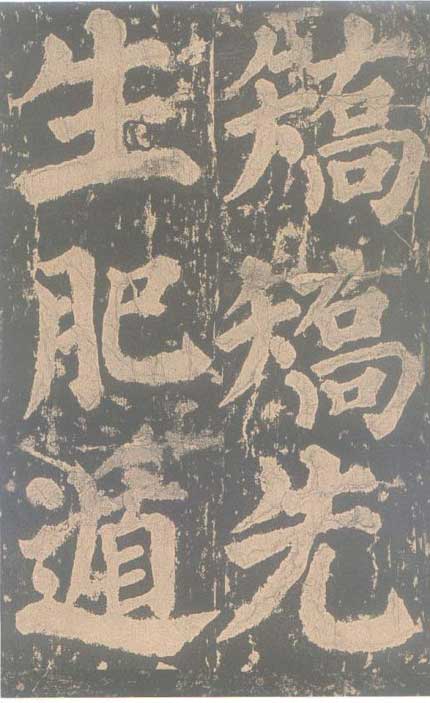
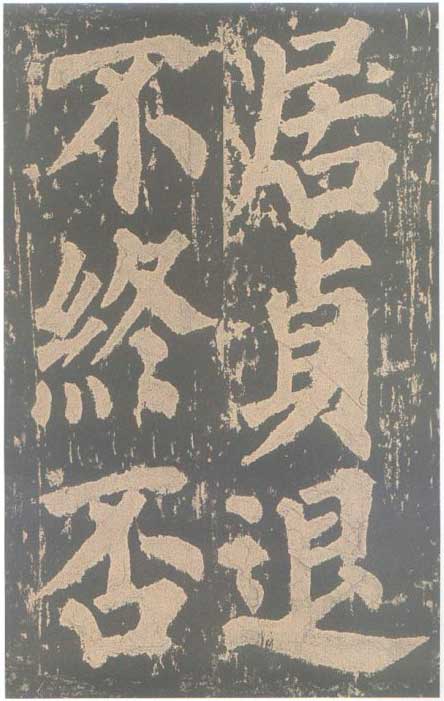
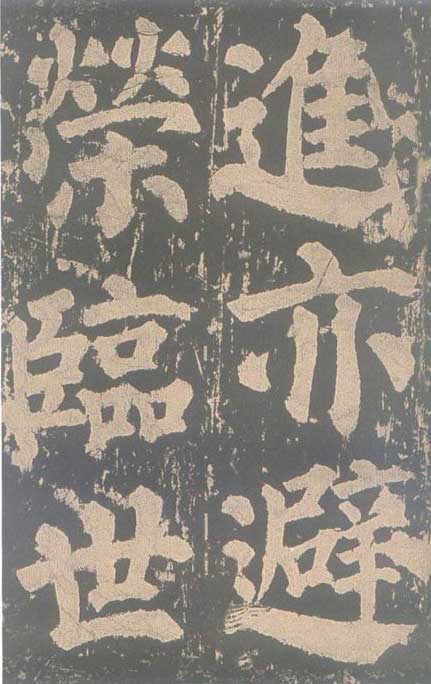
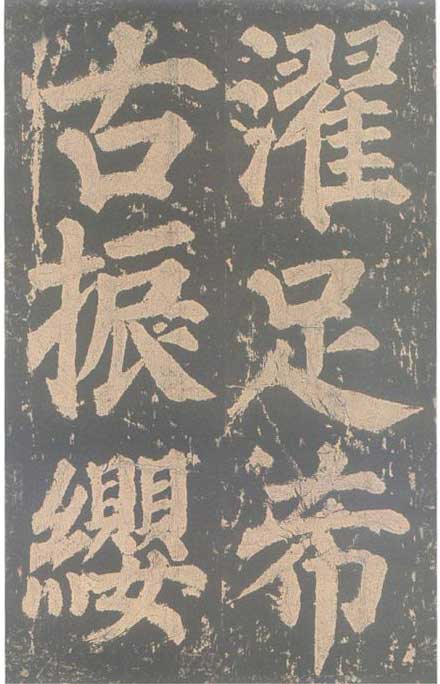
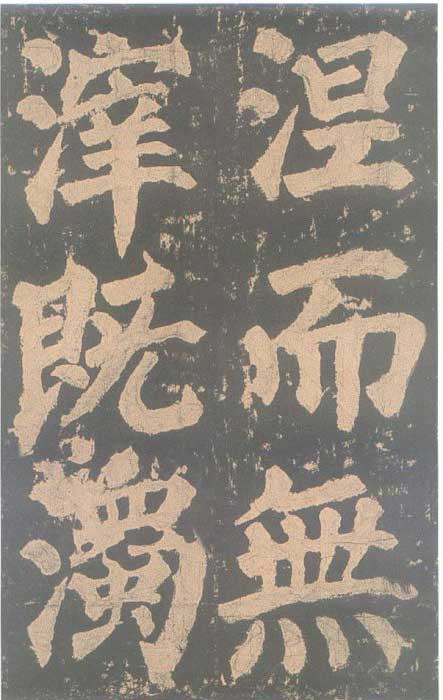
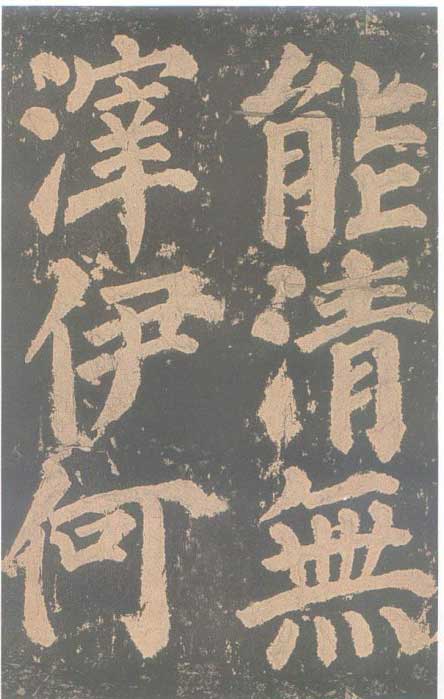
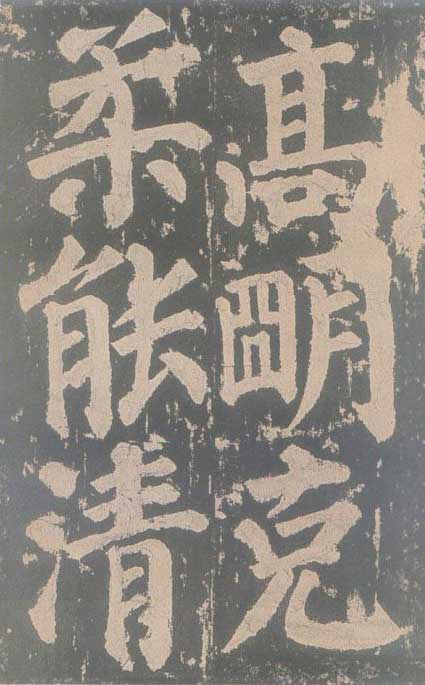
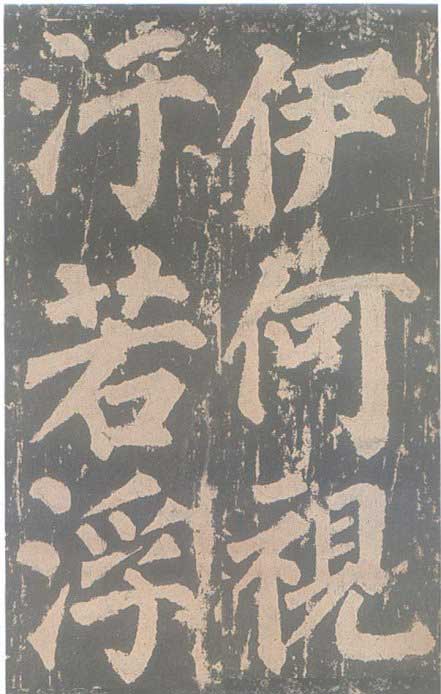
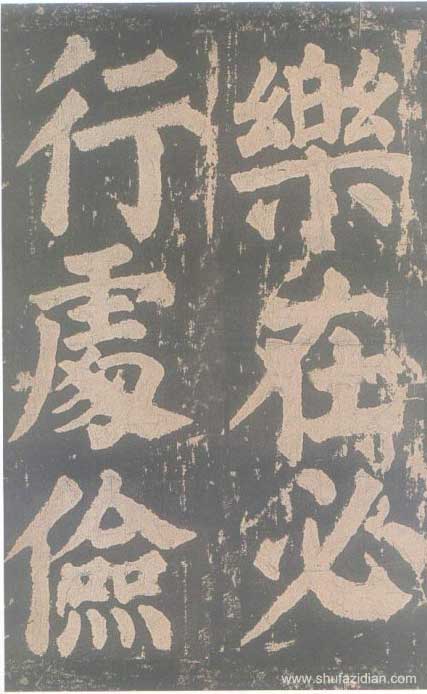
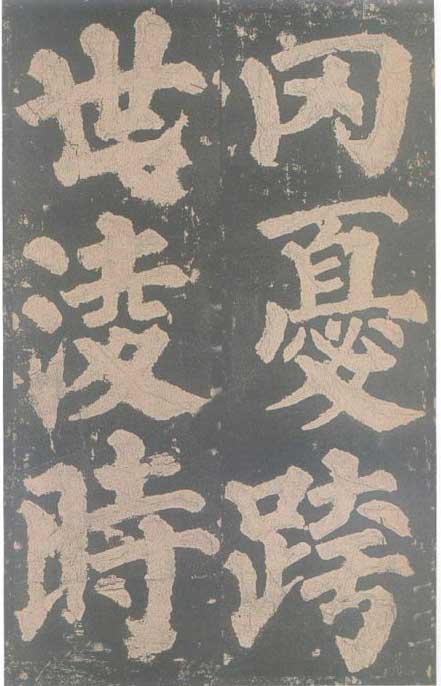
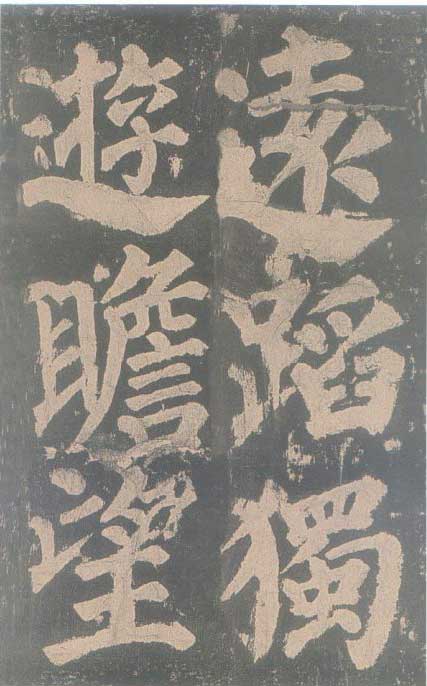
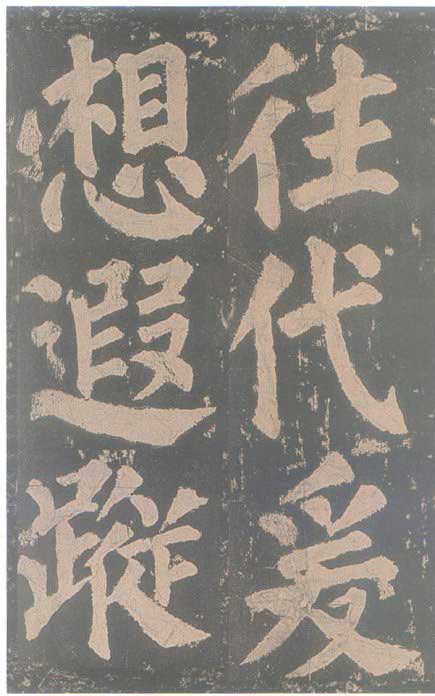
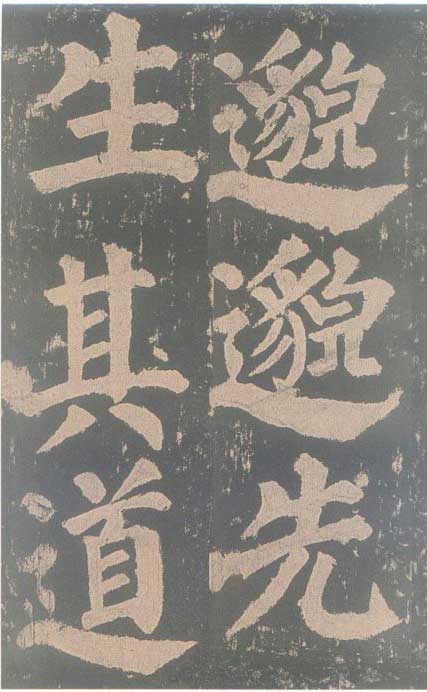
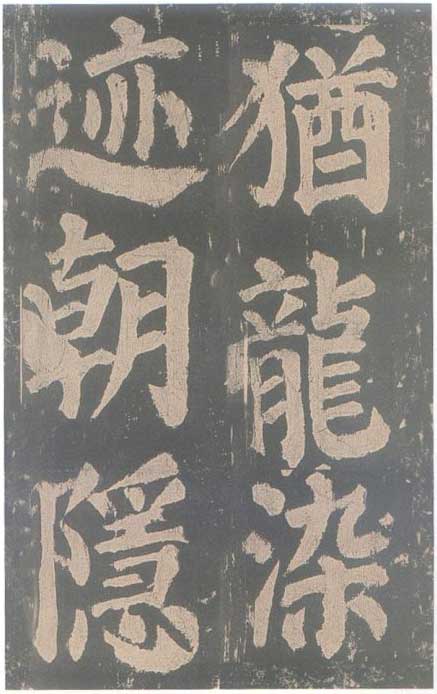
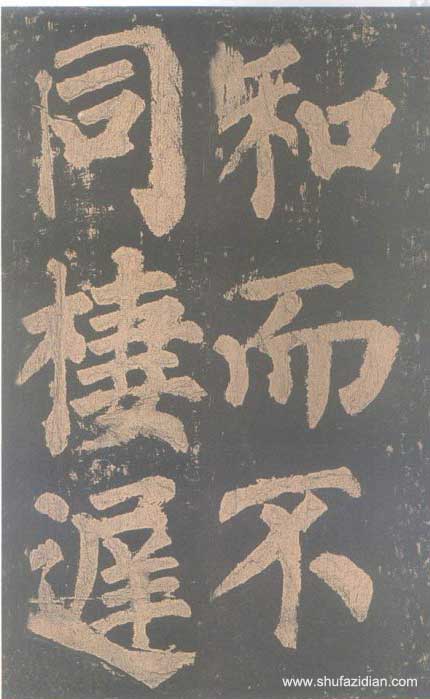
Yan Zhenqing was in the prime of his life (45 years old) when he wrote this stele. His writing style is vigorous, powerful, and solemn, making it a treasure among Yan's stele. Su Shi said: "Yan Luping wrote steles throughout his life, but Dongfang Shuo's paintings praised him as a Qingxiong, and the words were compared without losing the Qingyuan." Later, when I saw Yi Shao's copy, I knew that Lu Gong came here. Although the big and small are in doubt, the good intentions are not obtained from the book, and it is easy to say them. "(Volume 2 of "Qiu Chi Notes") This stele has begun to take on the scale of the later Yan calligraphy, and is of great significance in the study of the development of Yan calligraphy. The original stone has been gouged out and carved beyond recognition. There are excellent rubbings from the Song Dynasty handed down. For thousands of years, People around the world compete to copy it and highly praise it.

